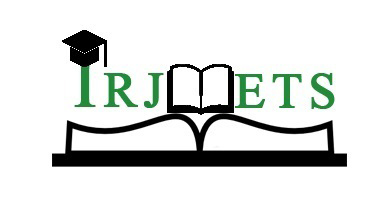Paper Key : IRJ************269
Author: Aditi D. Sadgir, Sakshi G. Ambre, Priya Ambre, Pallavi Phalake.
Date Published: 02 Feb 2025
Abstract
A drugs aqueous solubility is defined as the ability to dissolve in a particular solvent, and it is currently a major hurdle in bringing new drug molecules to the market. Traditionally, nearly 40% of the new chemical entities (NCEs) identified by pharmaceutical industry screening programmes have failed to be developed because of poor water-solubility, which makes their formulation difficult or even impossible.The poor aqueous solubility of BCS Class II drugThe purpose of this article is to present various techniques to enhance solubility by novel formulation techniques including Traditional approach. The Traditional techniques that has been discussed in this article includes use of co-solvents, Hydrotropy, micronization, change in dielectric constant of solvent, amorphous forms, chemical modification of drug, use of surfactants, inclusion complex or clathrates, alteration of pH of solvent, use of hydrates or solvates, use of soluble prodrugs, application of ultrasonic waves, functional polymer technology, controlled precipitation technology, evaporative precipitation in aqueous solution, use of precipitation inhibitors, solvent deposition, precipitation, selective adsorption on insoluble carriers. Novel drug delivery technologies developed in recent years for solubility enhancement of insoluble drugs are size reduction technologies, lipid based delivery system, micellar technologies, porous microparticle technology. Solid Dispersion Technique and various types of solid dispersion systems. Keywords: BCS class || , characterization, Method of Solubility Enhencement.
DOI Requested
